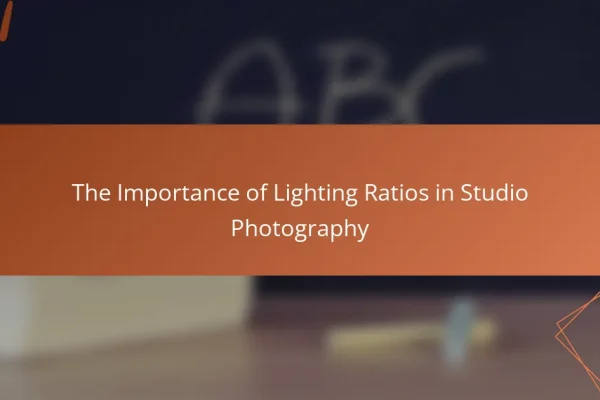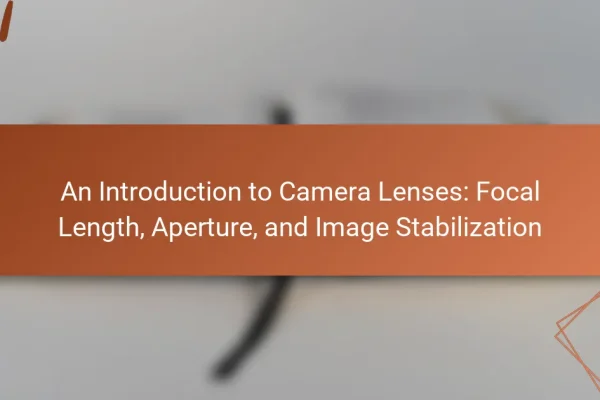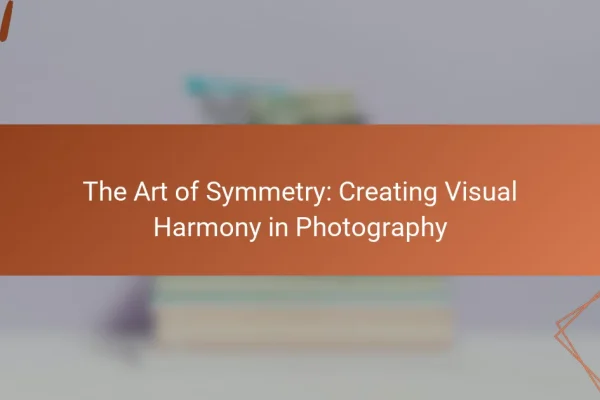
The Importance of Lighting Ratios in Studio Photography
Lighting ratios in studio photography define the relationship between key light and fill light, significantly influencing shadow creation and the three-dimensional appearance of subjects. Common ratios such as 1:1, 2:1, 3:1, and 4:1 dictate how light is distributed, affecting mood and texture in images. This article examines the various lighting ratios, their effects on composition,…








